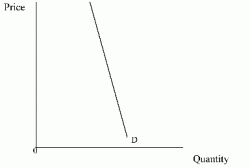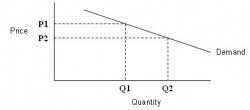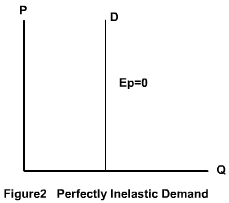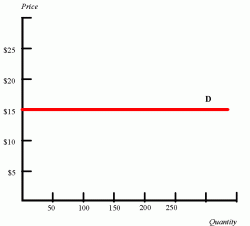1. Demand- The ability to buy a particular good in a particular market.
2. Factor affecting demand
- Advertising
- Price of other goods
- Climate
- Festive seasons
- Population of the country
- Individual’s income
3. Complementary goods- Goods that are consumed together.
4. Substitute goods- A pair of goods considered to be alternatives to each other.
5. Types of demand
i) Joint demand- Goods that are demanded together in order to complete one’s satisfaction.
ii) Competitive demand- Goods that are in direct competition with one another.
6. Price elasticity of demand (PED)- Responsiveness of quantity demanded to a change in price.
7. Degrees of Price elasticity of demand
i) Perfectly inelastic demand
ii) Perfectly elastic demand
iii) Elastic demand
iiv) Inelastic demand
v) Unitary elastic demand
8. Calculate the value of elasticity
Coefficient= % change in quantity / % change in price
9. Unitary Elastic Demand
Coefficient= 1 - If price increase by 50%, quantity demanded will fall 50%.

12. Inelastic Demand
Coefficient= C - If price increase by 30%, quantity demanded will fall

13. Elastic Demand --> Coefficient= C- If price increase by 20%, quantity demanded will fall more than 20% or higher.

12. Perfectly Inelastic Demand

13. Perfectly Elastic Demand

14. Income elasticity of demand- Responsiveness of the quantity demanded of one good to a change in income.
15. Normal goods- Goods whose demand rises as people income’s rises.
16. Inferior goods- Goods whose demand falls as people income’s rises.
17. 3 types of Cross Elasticity of Demand
a) Positive cross elasticity- If price of one good increases, the quantity demanded for another good may increases.
b) Negative cross elasticity- If price of one good decreases, the quantity demanded for another good may increases.
c) Zero cross elasticity- If price of one good increases, the quantity demanded for another good remain constant.


No comments:
Post a Comment